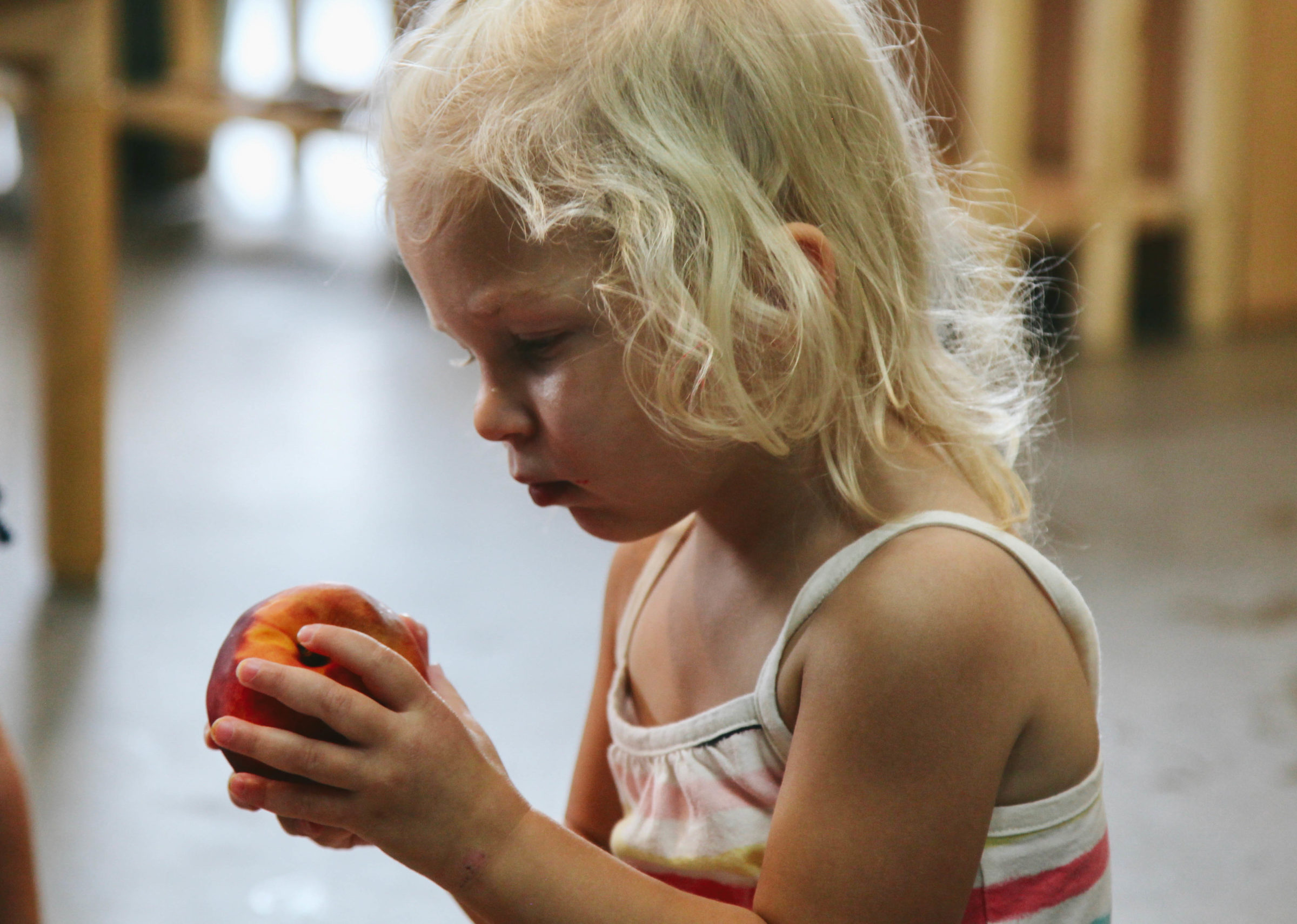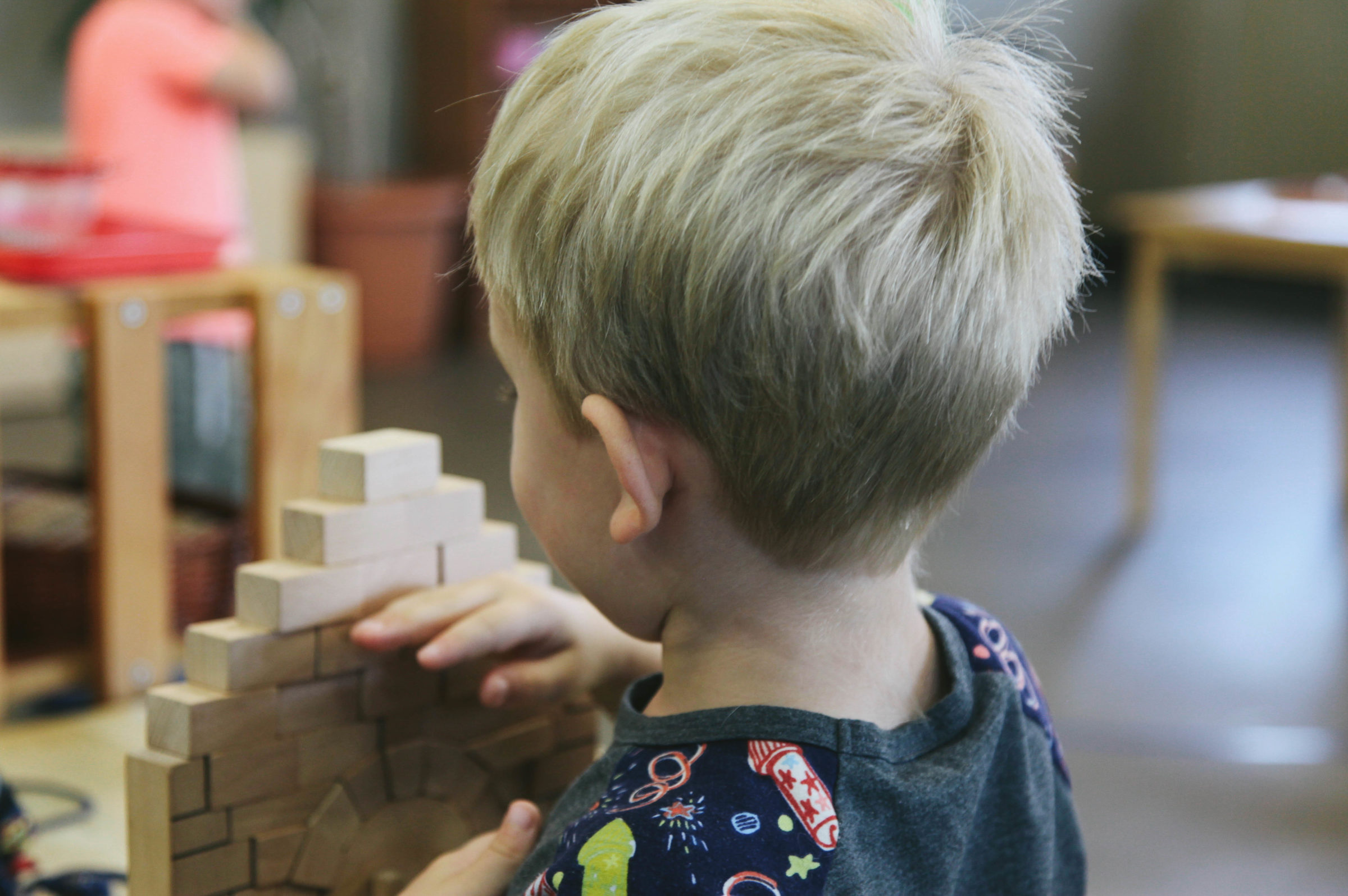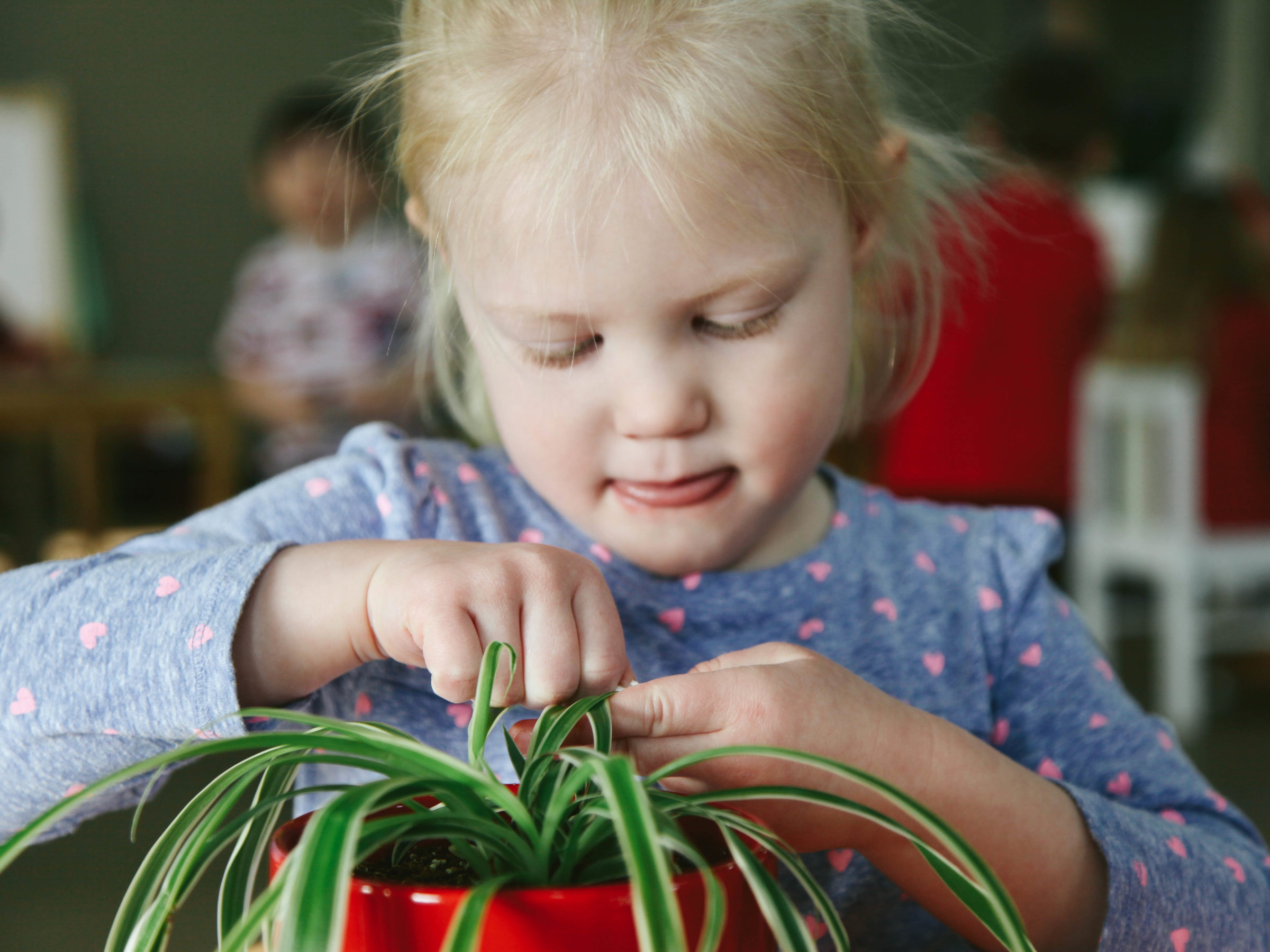Materials with Meaning
Thoughts & Reflections
For many young students attending school is a full time job, accounting for an average 35 hours a week. Rightly so, the classroom becomes not only a second-place environment, but furthermore, a home-away-from-home. This is why from the beginning new children at Baan Dek are taught, “This is your classroom,” “Your classroom is special,” and “Your classroom is beautiful.” This helps children to have meaningful connections while working with materials in the classroom and to connect this respect back to their personal belongings at home.
Materials within the classroom are maintained and presented with a museum-like detail by the school’s staff. Beyond the requisite, classic Montessori curriculum-based materials, which are beautiful in their own right, special care is made by the class’s lead guide to source attractive vessels, picture frames, et cetera. There is an emphasis on incorporating some natural and handmade materials (i.e. woven baskets), making each Montessori classroom unique and special, despite its codified core function. Like a museum or gallery, the rest of the room remains muted, with preference to gray or brown floors and white or light walls, so as not to take away from but instead, illuminate the intrinsic beauty of the materials. Also, items displayed are given generous breathe room, much in the way white space in a drawing or painting leads the eyes to areas of special interest. In this way, items which may seem insignificant to you or I in the clutter of everyday life, become highly valued, highly desirable objects to our students.
“This helps children to have meaningful connections while working with materials in the classroom and to connect this respect back to their personal belongings at home.”
This careful presentation of materials prepares children at Baan Dek to consider and to treat objects with reverence and care. In our classrooms, very young children are trusted with delicate and potentially messy/breakable items like live plants, glassware, and bowls of tiny grains. They are also taught a very specific, routinized method for working with and maintaining these objects. Because of the emphasis on the beautiful and special qualities of our materials, children really want to work with them. “Work” in this way becomes a choice and a privilege, rather than a meaningless chore.

This all ties back to a very pertinent part of our mission at Baan Dek, which is that “children are the promise and hope for mankind”. Establishing a sense of respect and responsibility for the care of materials in objects in our youths, prepares them to be conscientious members of and contributors to our society: ones who consider the meaning of their actions, ones who choose to enhance the world. Why would we rear such important people, our youths, in an environment anything less of special and beautiful?
Written by:
Baan Dek



